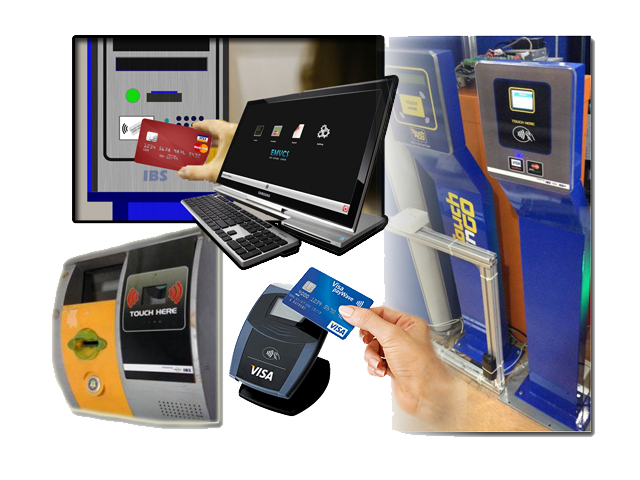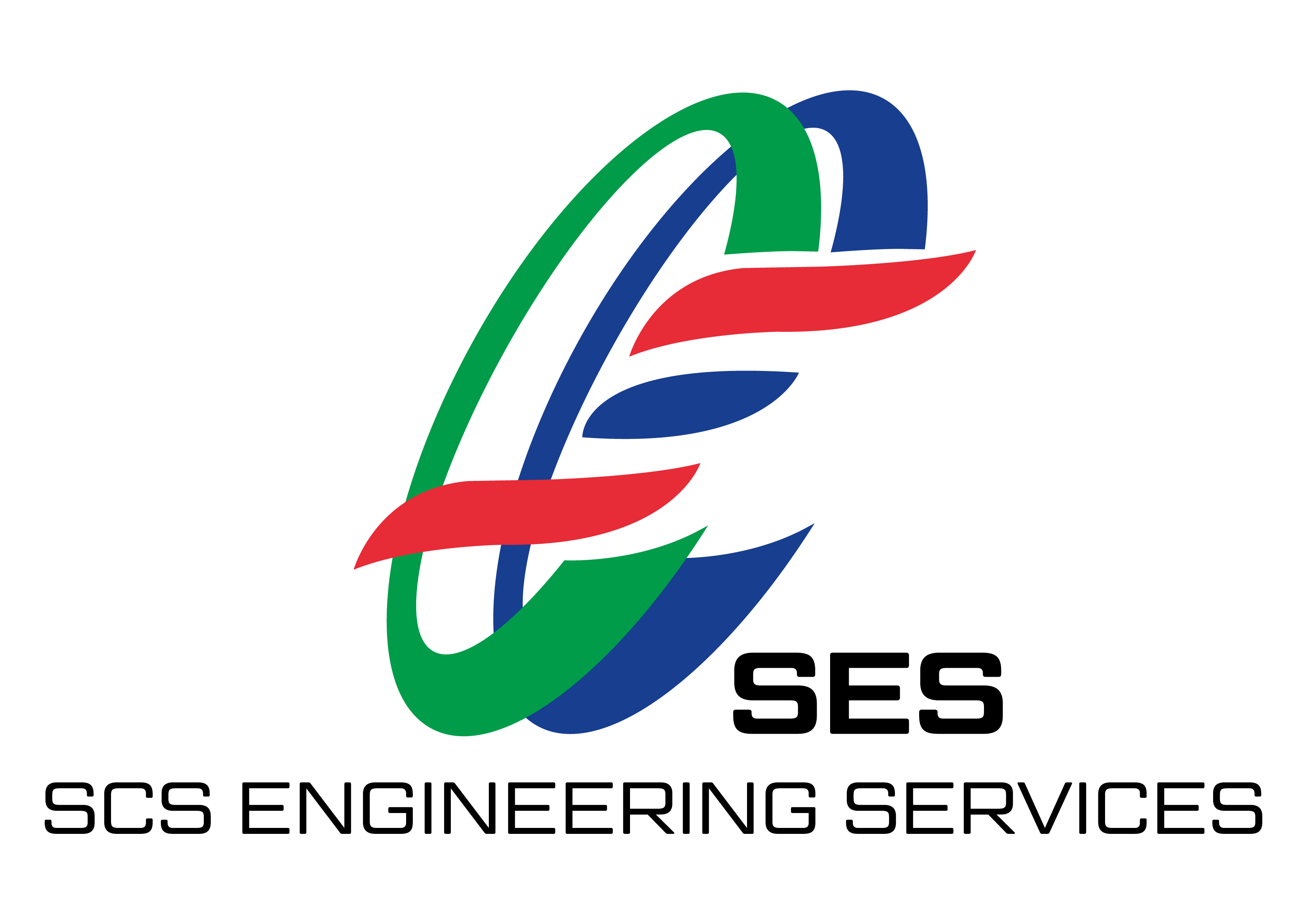SCS ENGINEERING SERVICES SDN.BHD.
(Formerly known as IBS Technology Sdn.Bhd.)
EMV Contactless Payment Systems

What is EMV?
EMV (Europay, MasterCard, and Visa) is a global standard for the inter-operation of integrated circuit cards for credit and debit payment cards based on chip card technology. EMV contactless payment systems use credit cards, debit cards, or other devices with radio-frequency identification (RFID) for secure payments.
Visa payWave and MasterCard PayPass are enhanced contactless payment technologies allowing cardholders to wave their cards in front of contactless payment readers.
Security Features of EMV
EMV is based on strong cryptography (both symmetric and asymmetric) and elaborate key management. A fundamental EMV principle is to digitally sign payment data to ensure transaction integrity.
- The EMV chip is extremely difficult to crack.
- Card authentication and PIN verification are performed automatically by the chip.
Market Statistics
Based on 2011 statistics from BNM, the main prepaid card provider in Malaysia secured a transaction value of 2.3 billion RM, mostly from the land transportation market.
Transition to Cashless in Malaysia
Malaysia is currently transitioning from cash to cashless payments due to several factors:
- Ease of access to financial services
- Adoption of cashless payment solutions by merchants
- Technology and infrastructure readiness
- Macroeconomic and cultural aspects
This shift creates opportunities for banks to develop new revenue streams in a cashless society. Under the National Key Economic Areas (NKEA) Financial Services and Entry Point Project (EPP 4), the government aims to:
- Reduce dependence on cash transactions to 63% of total transactions by 2020
- Increase e-payments to 200 per capita annually
- Achieve 25 point-of-sale (POS) terminals per 1,000 inhabitants by 2020
Benefits of Cashless Payment in the Parking Industry
Market Acceptance
Based on the current parking industry trends, almost 60% of users have adopted card payment options for parking.
- Convenience: Drivers find it easier to pay for parking using existing payment cards (e.g., Debit or Credit).
-
The Government is expected to impose cashless payment environments in line with the nation’s Economic Transformation Program (ETP).
Cashless systems will generate significant savings for the Government in terms of cash handling, estimated at RM359M yearly (as of 2014).
Low Operating Cost
- Reduced Manpower Cost: Eliminates cash handling tasks such as collection, management, and banking.
-
Lower Capital Expenditures:
No need for ticket dispensing or processing, simplifying the ticket vending and back-end infrastructure with a focus on cost-efficiency. - Lower Maintenance Costs: Fewer machines result in reduced maintenance requirements.
Transparent Collection
- Prevention of Pilferage: Cash pilferage during collection is eliminated, as all parking sales proceed directly into the parking operator’s bank account.
- System Integrity: Pilferage loopholes in ticketing systems are resolved. For instance, a parking operator that experienced a 50% monthly revenue loss (amounting to RM700K) mitigated the issue by implementing a License Plate Recognition System (LPRS), which doubled its revenue.
